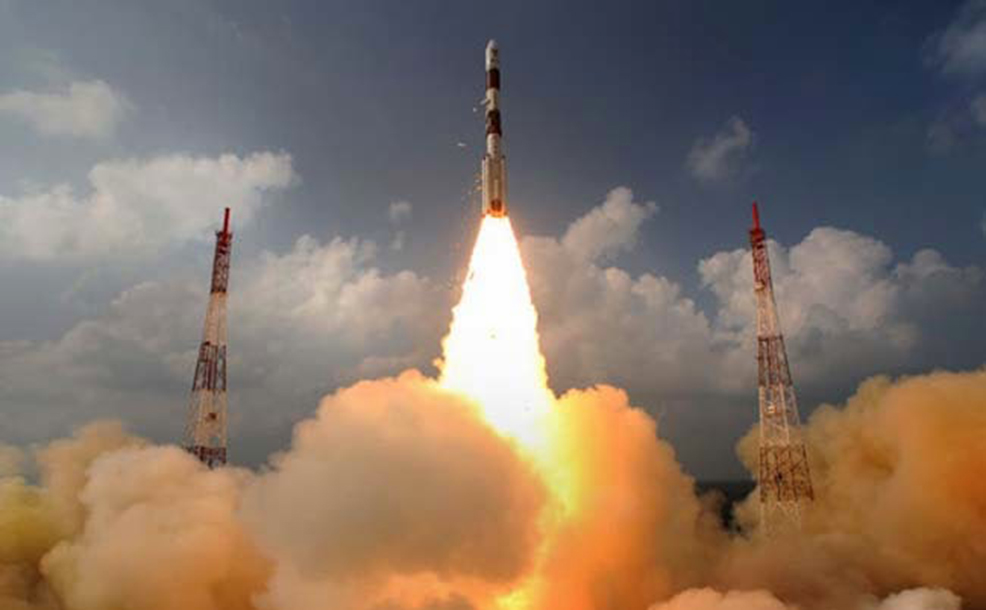This morning has been a stupendous success story for ISRO, as Mangalyaan, its maiden Mars mission entered the orbit of the Red Planet. Pratiti Ganatra takes a look at the five reasons why Mangalyaan was the cheapest Mars mission ever.
The Mangalyaan entered the Martian orbit after a 300-day marathon covering 670 million kilometers. India’s Mars mission represents a technological leap for our South Asian nation, pushing it ahead of space rivals China and Japan in the field of interplanetary exploration. Recent efforts by those countries to reach Mars have failed. Not only did India become the only nation to reach Mars on its first attempt, but also did it with the least amount of money.
ISRO – Indian Space Research Organization spent around $70 million on its maiden Mars mission, and while many argued this was a huge sum of money to be spent on such programs when a part of the nation still suffers in poverty, this figure is a small fraction of the $671 million that the NASA spent on its latest Mars mission. Here’s what made MOM the cheapest mission to MARS till date:
1. The space scientists at ISRO have always been used to working on a shoe-string budget. In its early days, space scientists worked out of an abandoned church near its first launch pad. Later, after India carried out nuclear-weapons tests, other countries refused to share their technical know-how, limiting India’s access to sophisticated technology and relying on indigenous technology instead.
2. For Mangalyaan, ISRO used the technology it has used before, thus eliminating extra costs to develop new technologies. What ISRO does successfully is build on its previous successive launch. The same modular approach was used with the payload as well, keeping it small and light at just 15 kilograms. ISRO saved on fuel by using a smaller rocket to jettison the spacecraft into Earth orbit first to gain enough momentum to slingshot it toward Mars.
3. Another key reason for the cost effectiveness of the Mangalyaan is the number of tests conducted by ISRO. These tests which are very time consuming and immensely expensive were kept to a minimum, but the results achieved in each of these tests was maximised.
4. The tight schedule on which the scientists worked helped in the frugal budgeting. Since the time it was announced by the then UPA government, it took a mere 15 months to liftoff. This is an achievement by all means. In fact, PM Narendra Modi has famously quipped that India has spent less to reach Mars than Hollywood producers spent on the movie “Gravity,” which cost $100 million to make.
5. The comparatively low salaries of the Indian scientists at ISRO also played a part in reducing the overall cost of the mission. The nations who have successfully placed missions in Martian orbit have all spent more than $100 million on their attempts. In comparison to these nations, the salaries of their Indian counterparts are much less. Mangalyaan has cost India a meager Rs. 4 per citizen of the country.














